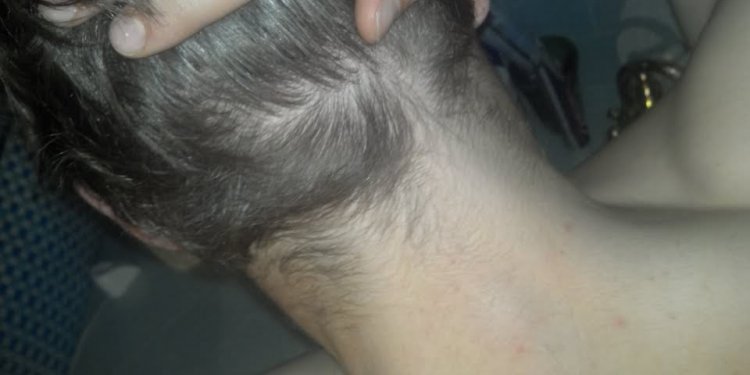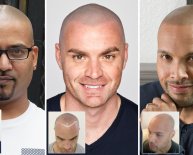
Shaving head after hair Transplant
 After shaving one’s head, people might learn that she or he simply doesn’t possess head form to hold off a buzzed slice. Since tresses are a substantial section of someone’s identity, shaving it well could be traumatizing.
After shaving one’s head, people might learn that she or he simply doesn’t possess head form to hold off a buzzed slice. Since tresses are a substantial section of someone’s identity, shaving it well could be traumatizing.
When you are considering having a hair transplant as well as the main thing that's stopping you could be the proven fact that you might have to shave your mind, don’t worry. Most of the time, the surgery is completed without shaving a patient’s head completely bald.
Would youn’t Desire Their Particular Mind Shaved
Lots of clients desire to restore their particular locks without shaving their particular heads to do it. An example includes women who wear their particular tresses long. In the event that you usually have chin or shoulder-length (and even longer) locks, the idea of having to shave everything before your surgery may be a large disincentive. While you can wear a wig since it develops back, the rise takes annually or much longer.
Some men also don’t relish the concept of shaving their heads before a tresses transplant. Regardless if a person keeps their tresses regarding the quick part, shaving one’s head is a big action that won’t go without opinion from friends and associates. If you’re seeking to keep your locks restoration under wraps, there are some how to avoid shaving or to hide any shaved areas.
Follicular Unit Removal
Follicular device removal (FUE) is generally the option of choice for those that desire just a small amount of hairs becoming transplanted and that enthusiastic about putting on their locks very brief, in a buzz cut, and/or shaved, in the future. Whether the surgeon shaves an extensive section of the head or simply a small area during FUE is dependent on the total amount of locks being transplanted. In many cases, he/she might shave an extended part regarding the straight back of this head or on sides, but leave the hair at the top. If a only a tiny location has to be harvested, the surgeon may shave that part, but place it so your shaved place can be easily covered with the hair around it.
Recipient Site
Some customers could be concerned that area into which the hair will be transplanted will be shaved and so the physician can better see in which they're working. You'll sleep easy, though. Most surgeons won’t shave the person site, for a few reasons. Probably the most apparent explanation is the fact that shaving it'll make it look somewhat unusual. Frequently, individual sites are on the top the pinnacle, which in many situations has already been pretty bald. The area can’t be covered up quickly using surrounding hairs.
The physician also has having advisable of the way the hair that is kept within the recipient location grows, making sure that they are able to transplant the donor hairs in a way that fits the rise pattern of the existing hairs. If that hair is shaved, he or she can’t see aswell and transplant might look abnormal. Not shaving the region in addition helps make the recovery process and waiting duration go much more efficiently, since someone is just awaiting the latest tresses to grow in, perhaps not hair all around the scalp.
While it takes more time to grow grafts into an area where in actuality the tresses is not shaved, doctors like Dr. Epstein seems it's really worth the excess strive to allow an individual to look as good possible very early after having had an operation.
How About Follicular Device Grafting?
Another hair transplant option for some clients is follicular product grafting (FUG). During a FUG process, the surgeon doesn’t get rid of the donor hairs separately, but rather, slices all of them out in one lengthy strip. Since cutting away the strip departs an excellent line cut, this action is usually recommended for patients which put on their particular hair lengthy while having an adequate amount of it to hide the scar, such as females. Although you might have the back or sides of this mind shaved during FUG, doing this will leave the recovery cut revealed, that could give away the truth that you’ve had a hair transplant.

















